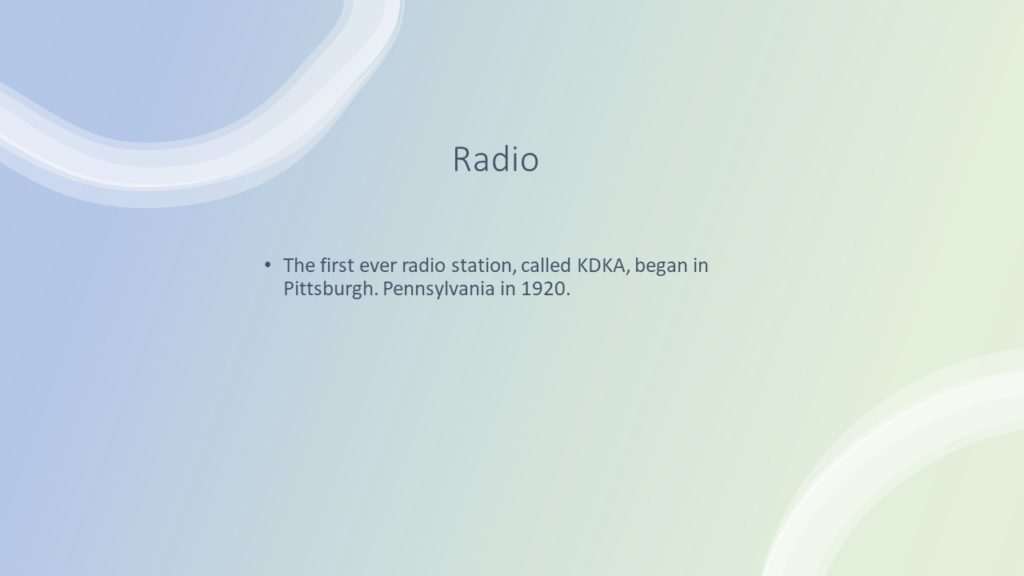Sign – Stands in for something else.
Code – used to construct meaning in media forms
Convention– the accepted way of doing something.
Dominant signifier– the main thing that stands in for something else.
Anchorage– words that go along with an image to give meaning of context.
- Paradigm – A collection of signs that all have some sort of connection.
- Syntagm – How signs and things are put together and fitted together.
Ferdinand De Saussure – Swiss linguist, semiotician and philosopher. Ferdinand de Saussure: Saussure believed in a concept, that can be described as “the study of signs and symbols and their use or interpretation.” One of the two founders of semiotics, introduced these terms as the two main planes, these terms being the ‘signifier’ and the ‘signified’.
- Signifier, stands in for something else
- Signified, thing or idea trying to be evoked
C S Pierce: Pierce believed that there were only 3 signs ever, Iconic, Indexical and symbolic. Furthermore this implies that everything is made up of these 3 signs.
- Icon, a sign that looks like its object (think of camerawork, sets, props, and Mise-En-Scene) (eg. a picture of a cat)
- Index, A sign that has a link to its object (Think of sounds, props) (campfire smoke, or the smoke coming from a campfire.)
- Symbol, a sign that has an arbitrary or random link to its object (think of colours, textures, shapes, sounds)
Roland Barthes: Barthes semiotician work focused on the signs in the news and how to read them, he would take apart scenes in the news to analyse them more easily and find out what the news is actually saying.
- Signification – The process of constructing meaning the from the sign itself.
- Denotation – The first level of analysis (what the person can see)
- Connotation – The meanings or associations we have with the image
- Myth – Information that is being told with assets which may differ the way you view it from reality of the information
- Ideology – To grasp the idea between relation and power
- radical – something that goes against people thoughts and ideas (eg. driving through a red light is normal)
- reactionary – something that everyone accepts (eg. like the fact that you should stop at a red light)
- Paradigm – A typical sign or ideal of something in a collection.
- Syntagm – Where objects have relations symbolic of each other in a sequence






